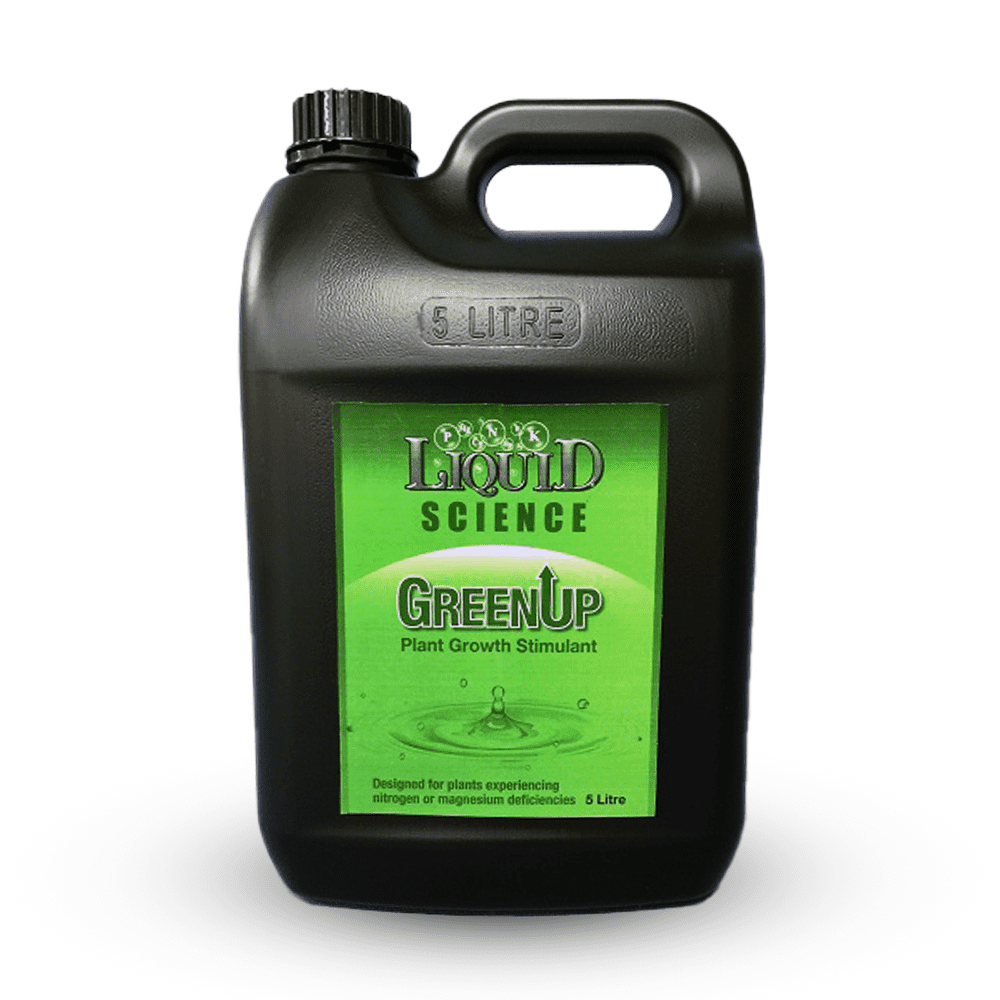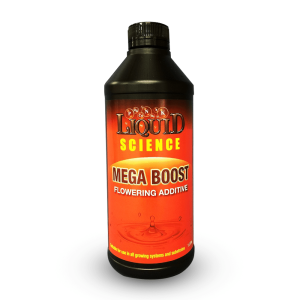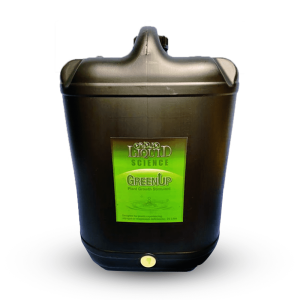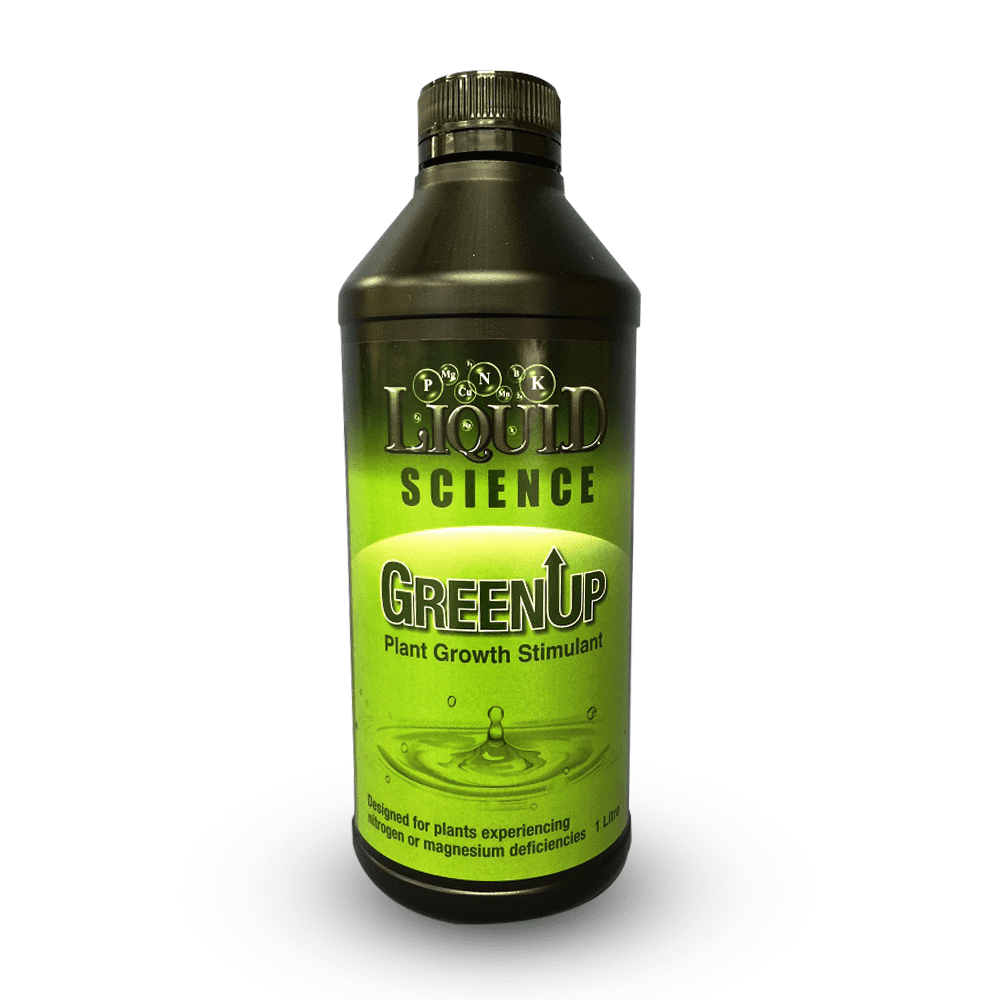Description
Nitrogen (Chemical Symbol: N)
Nitrogen is one of the main elements contributing to the growth of a plant. Plants convert nitrogen to produce amino acids and proteins which are used to produce new cell growth. Nitrogen moves easily throughout the plant servicing new growth at the expense of the older foliage. Any deficiency will cause the new growth to become weak and spindly resulting in a stunted plant. The shortage is usually first visible in a plant’s older leaves which lose their green colour and gradually become yellow. This is because nitrogen is important for the green oxygen producing chlorophyll pigment in the leaves. As the shortage continues the younger leaves will also become yellow and the veins on the underside of the leaves turn a red or purple colour. Vegetable plants are liable to run to seed. An excess of nitrogen will also affect the fruiting or seed development of most plants.
Nitrogen Deficiency – Leaves will be pale and yellow and the plant is generally weak and spindly.
Magnesium (Chemical symbol Mg)
Magnesium is another element that is important for photosynthesis in plants. It is vital to the chlorophyll molecule and is also used extensively in the production of seeds. A deficiency will produce yellowing in a plant’s leaves, spreading from the centre to the outer edges of the leaf. Eventually the leaves will turn an orange colour.
A shortage of magnesium produces further problems if you want to propagate further plants from the seed being produced as they will be malformed and will have a low rate of germination. Magnesium acts as a carrier of phosphorus within the plant and promotes the formation of oils, fats and juice.
Magnesium Deficiency – Usually first appears on old to middle aged leaves as an inter-vein chlorosis (yellowing). Some plants will develop a reddening around the leaf margin (e.g. subterranean clover). The base of the leaf around the mid-vein often remains green.










Reviews
There are no reviews yet.